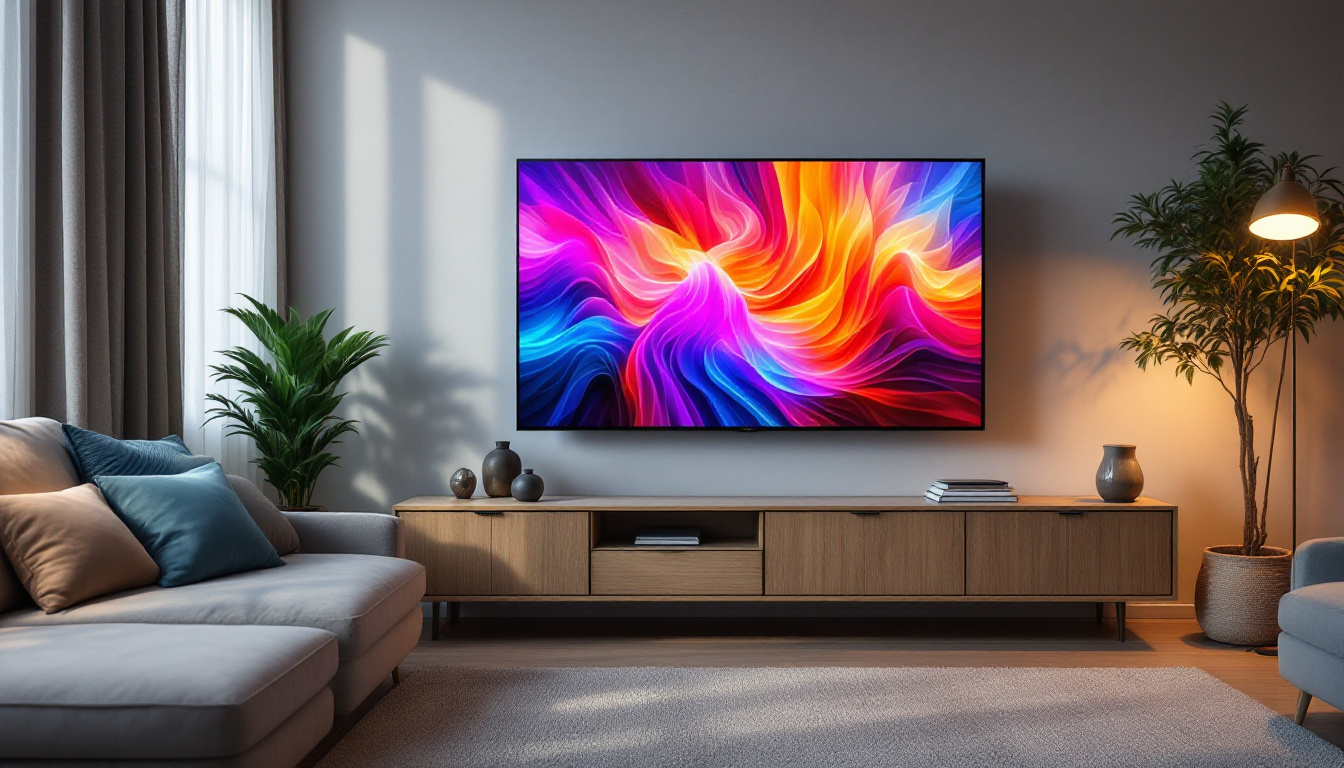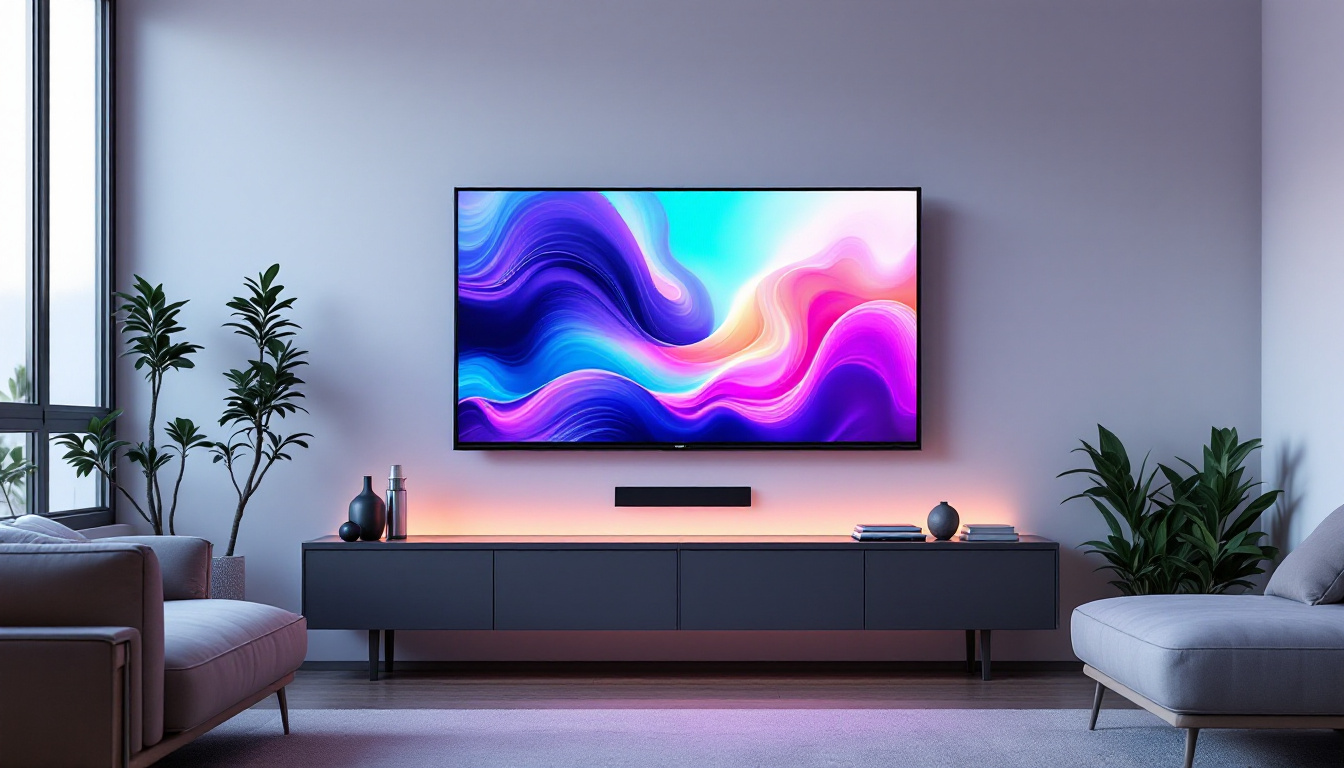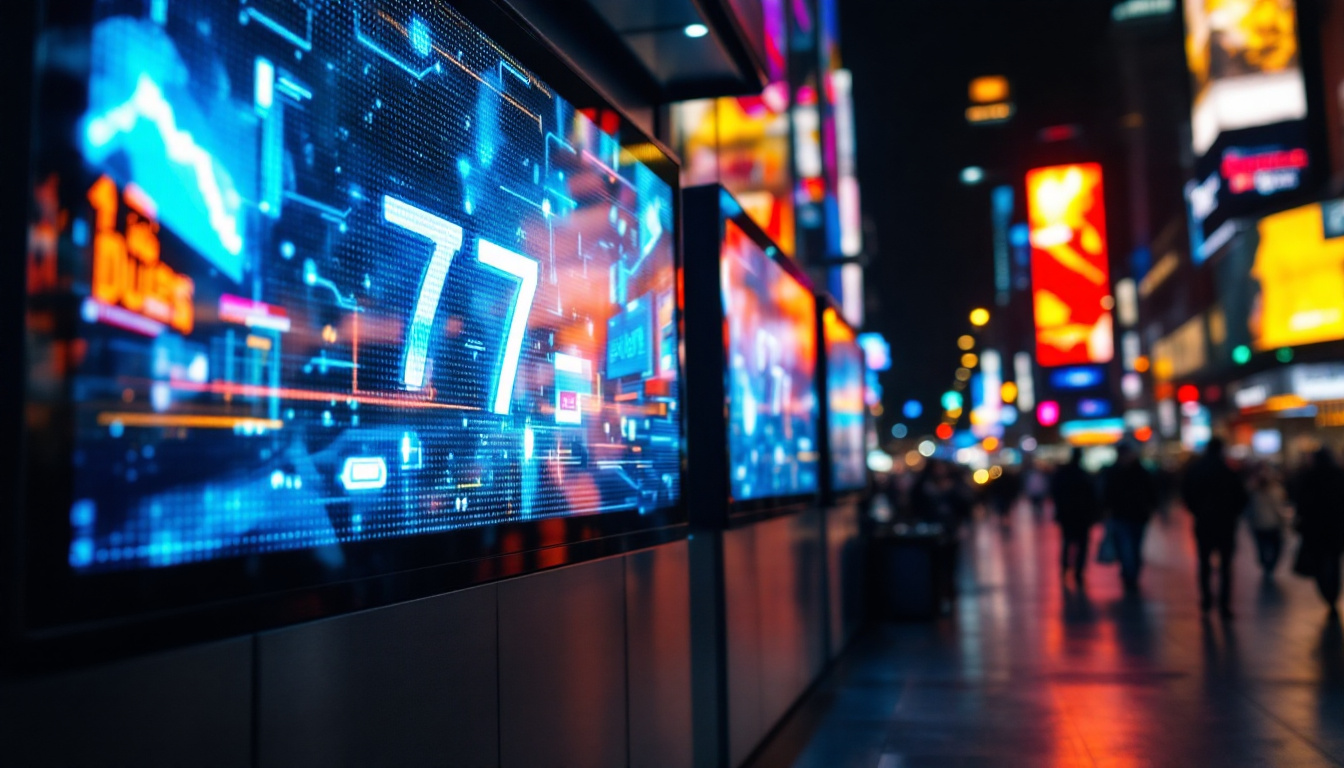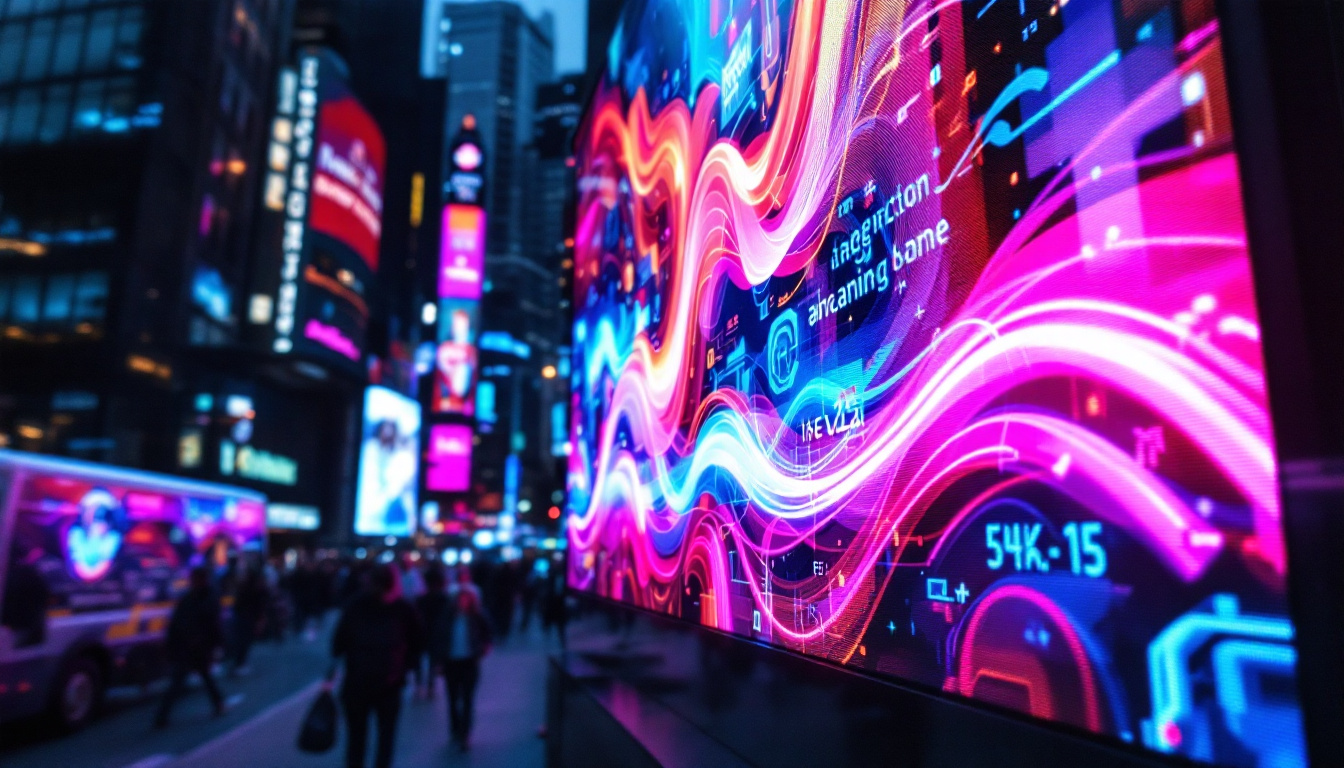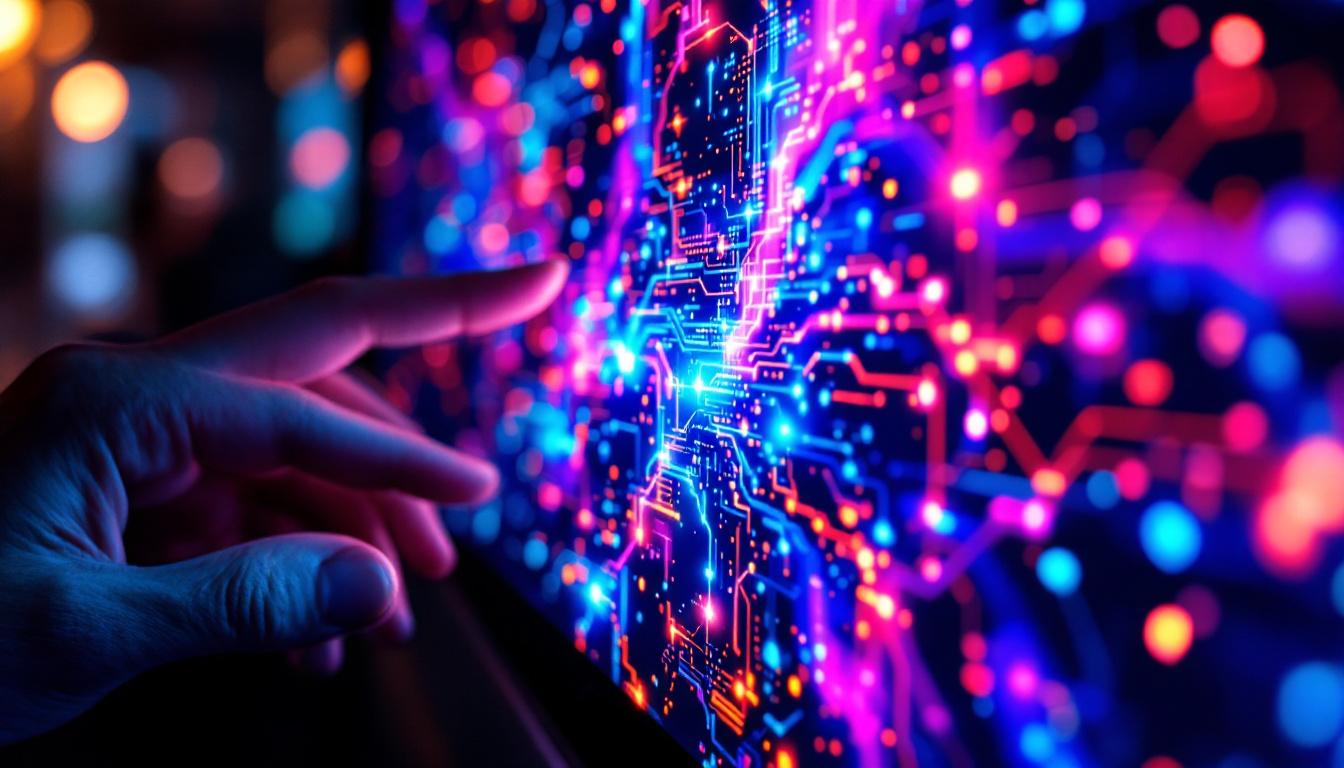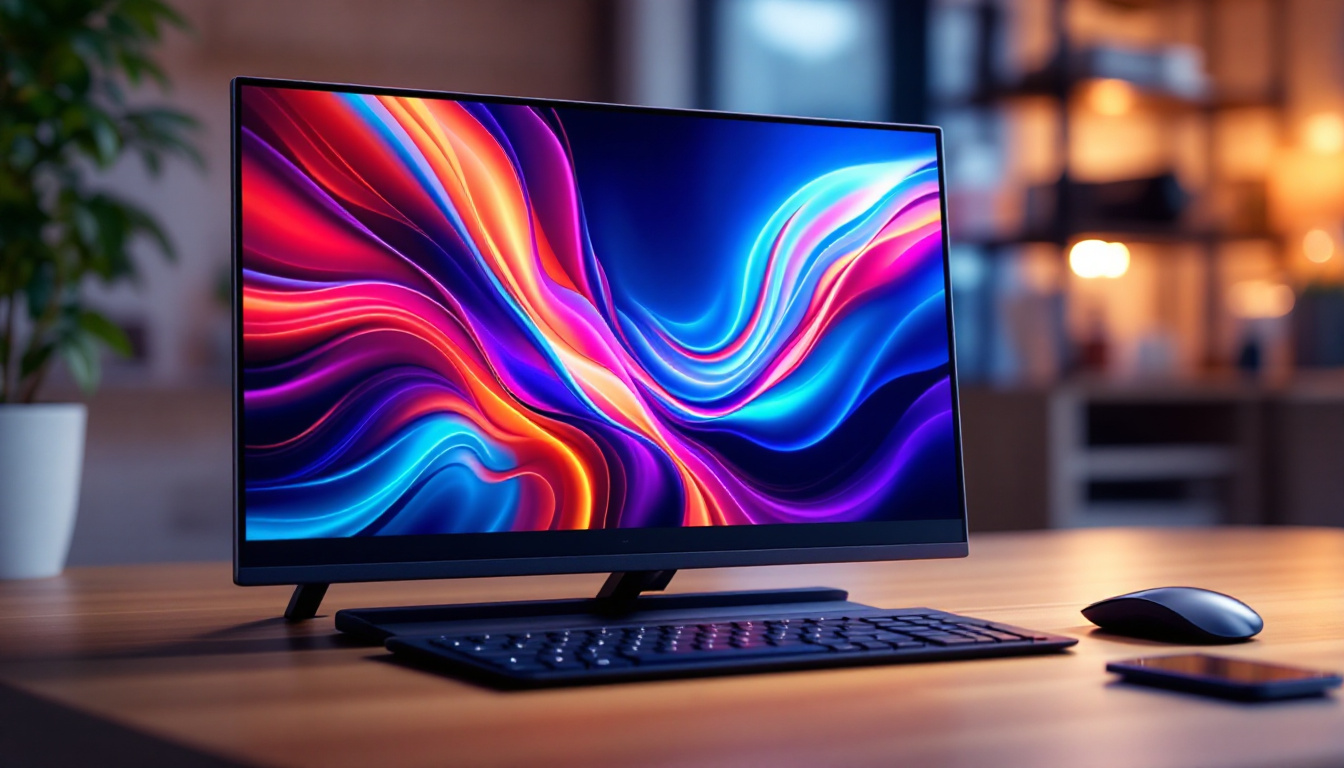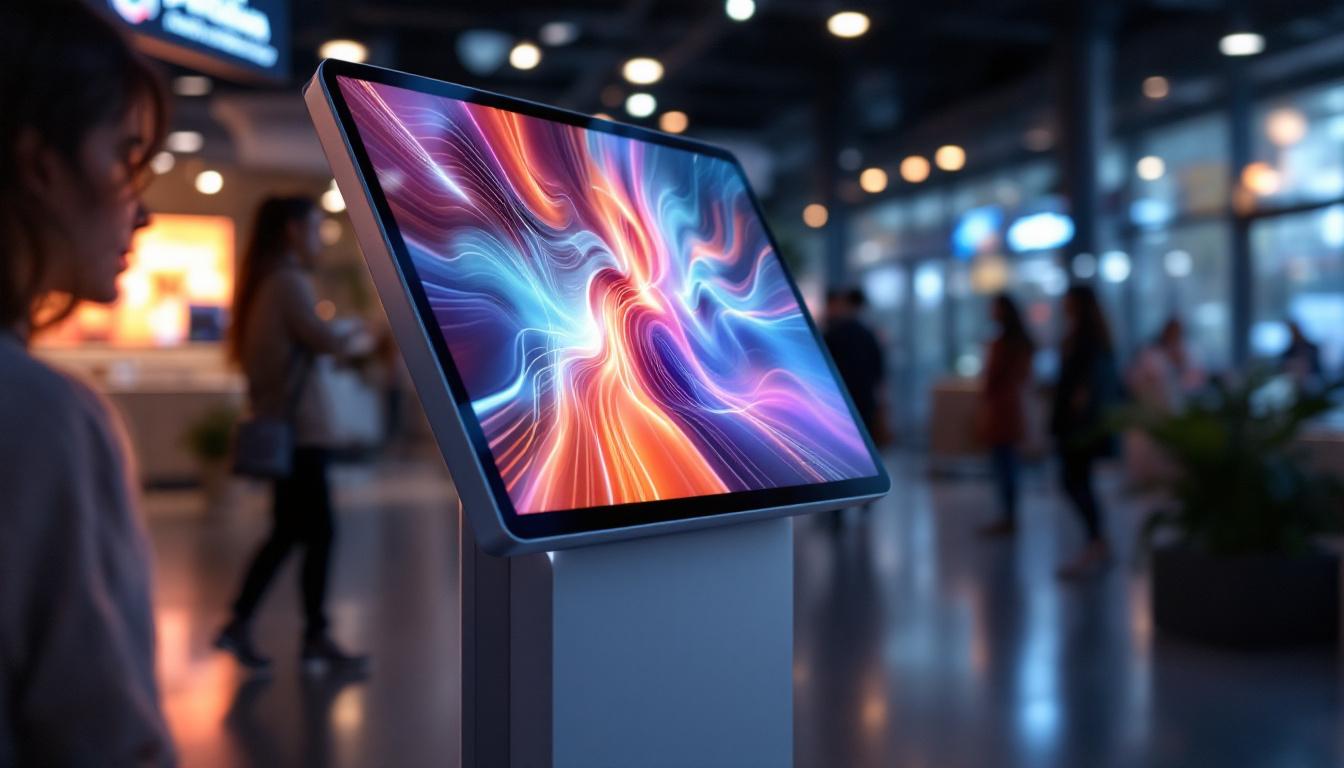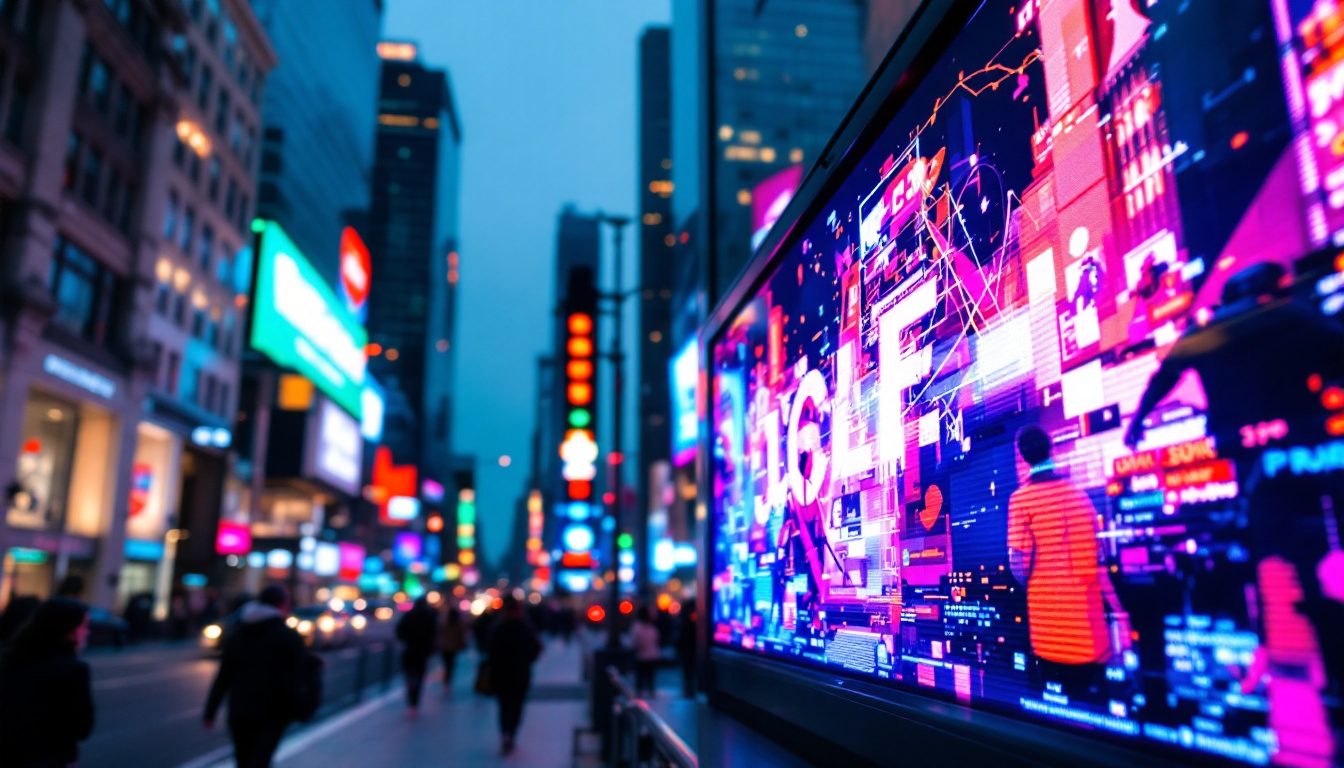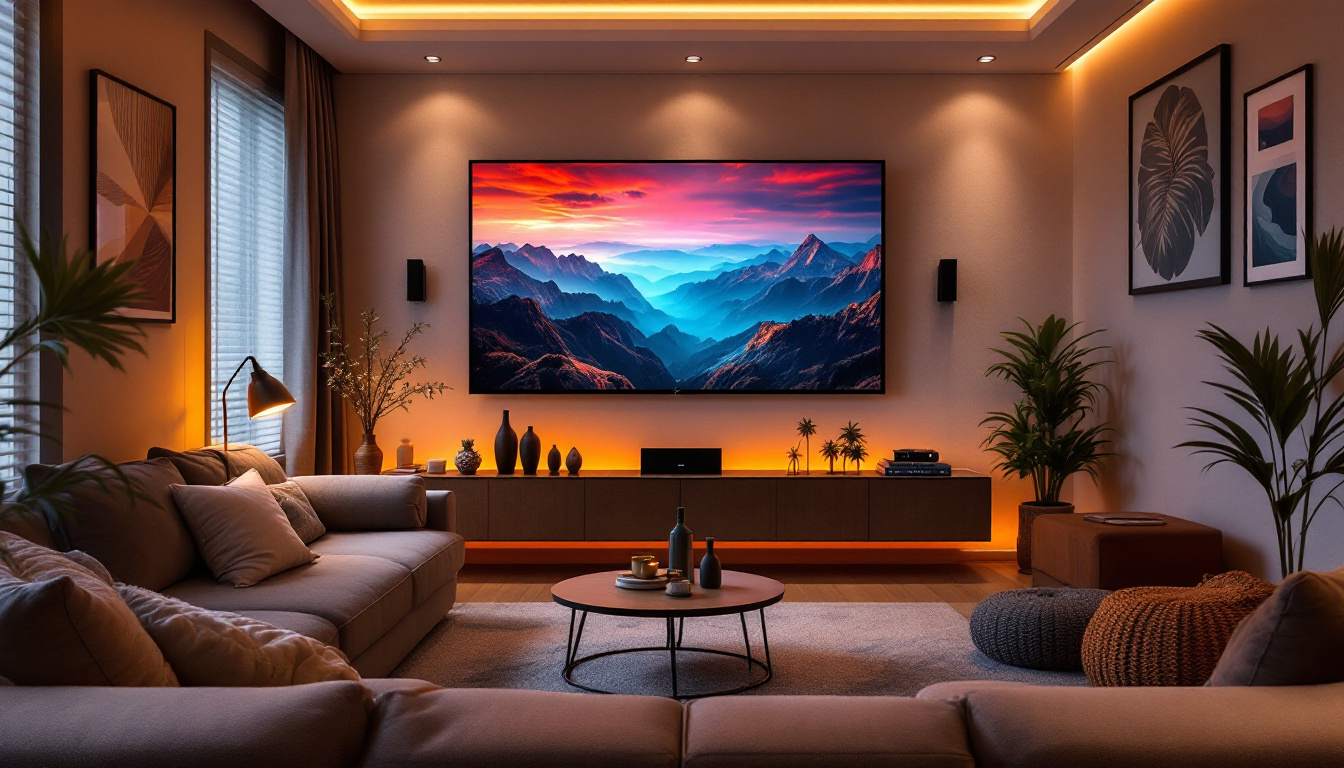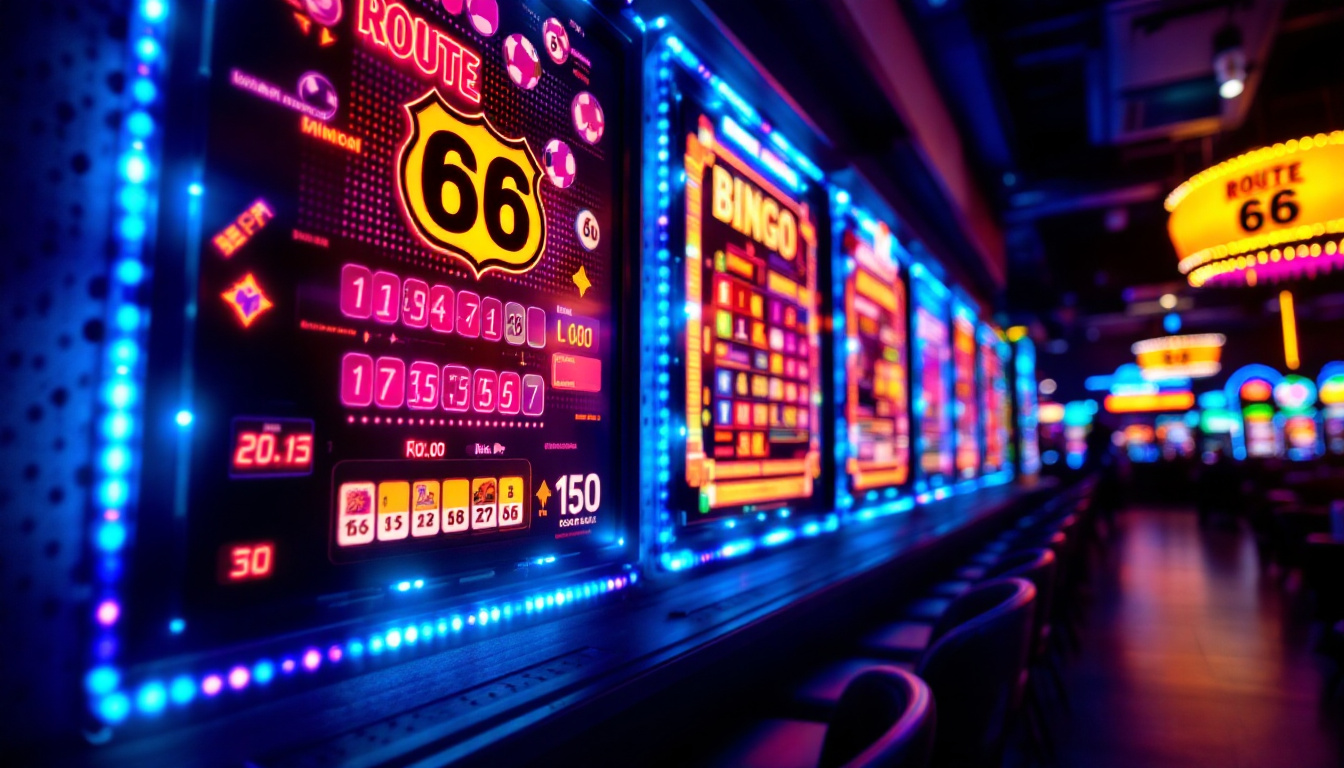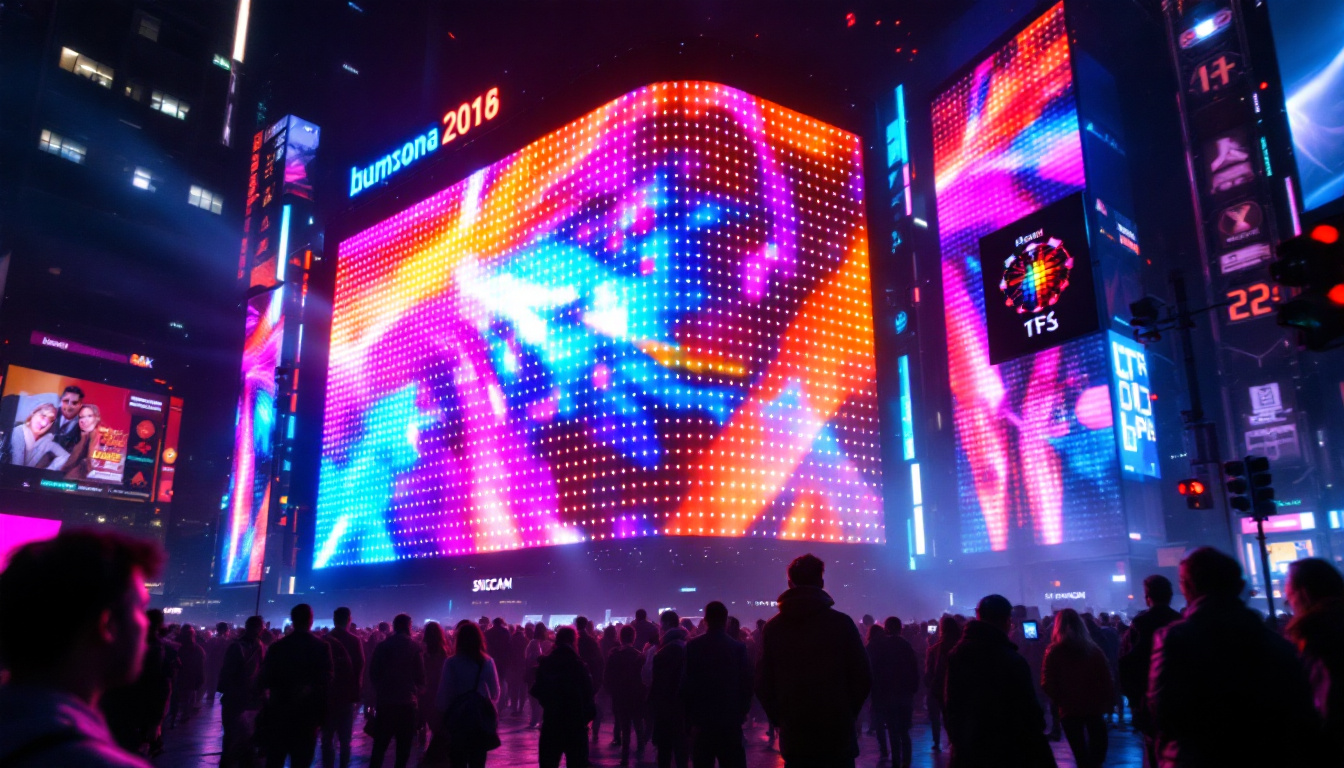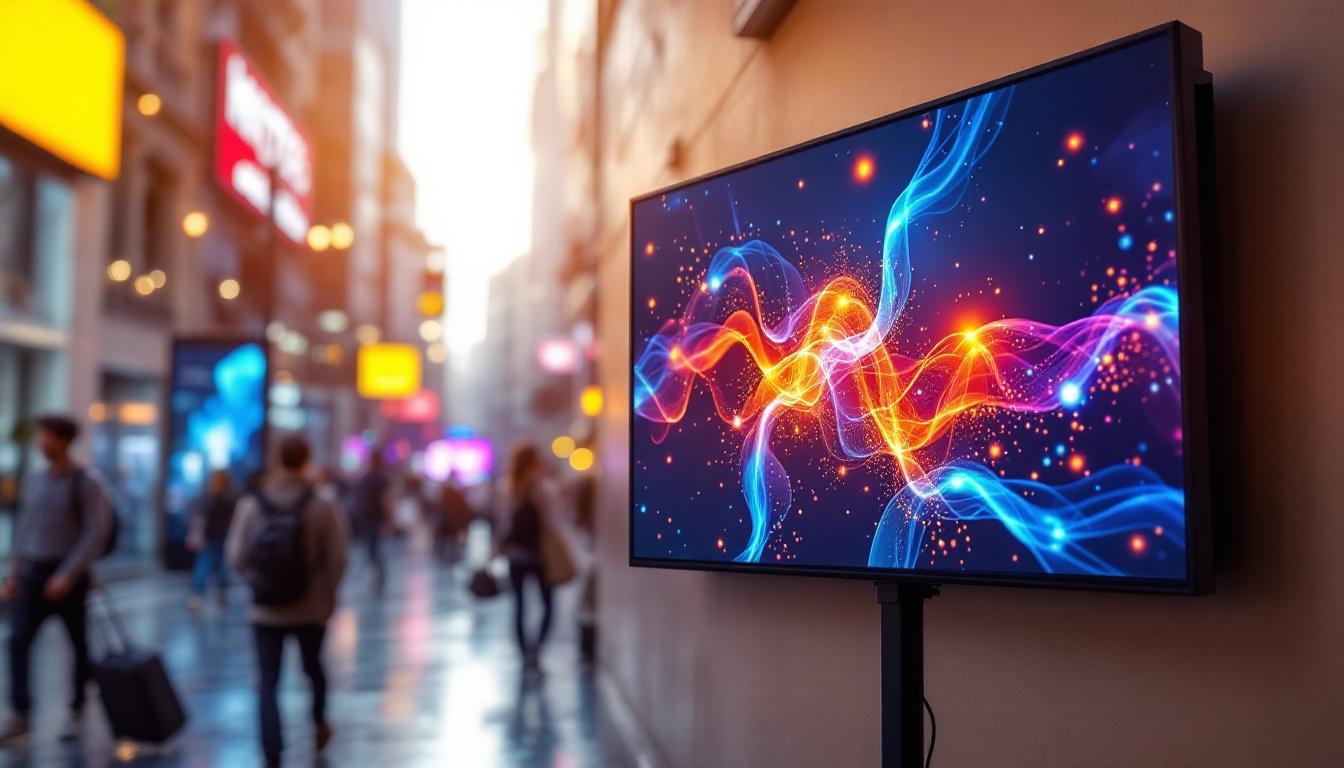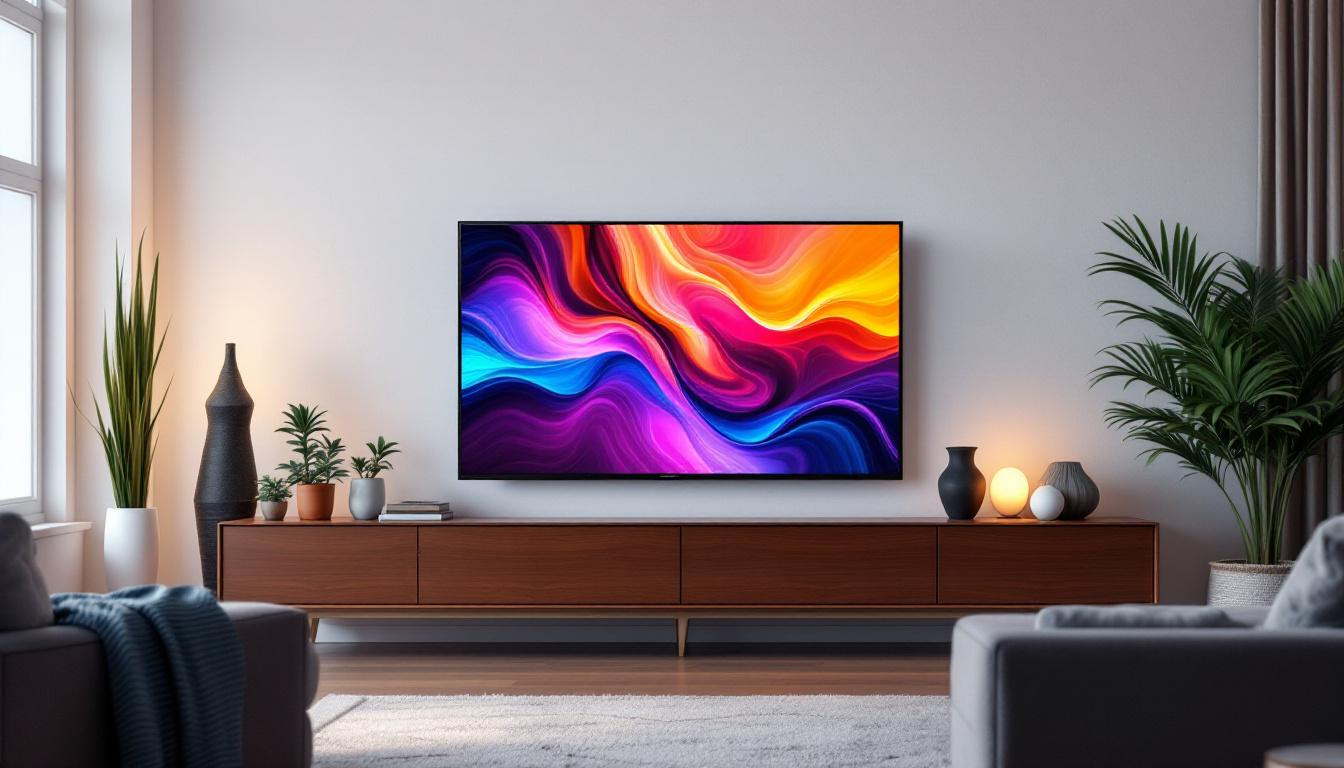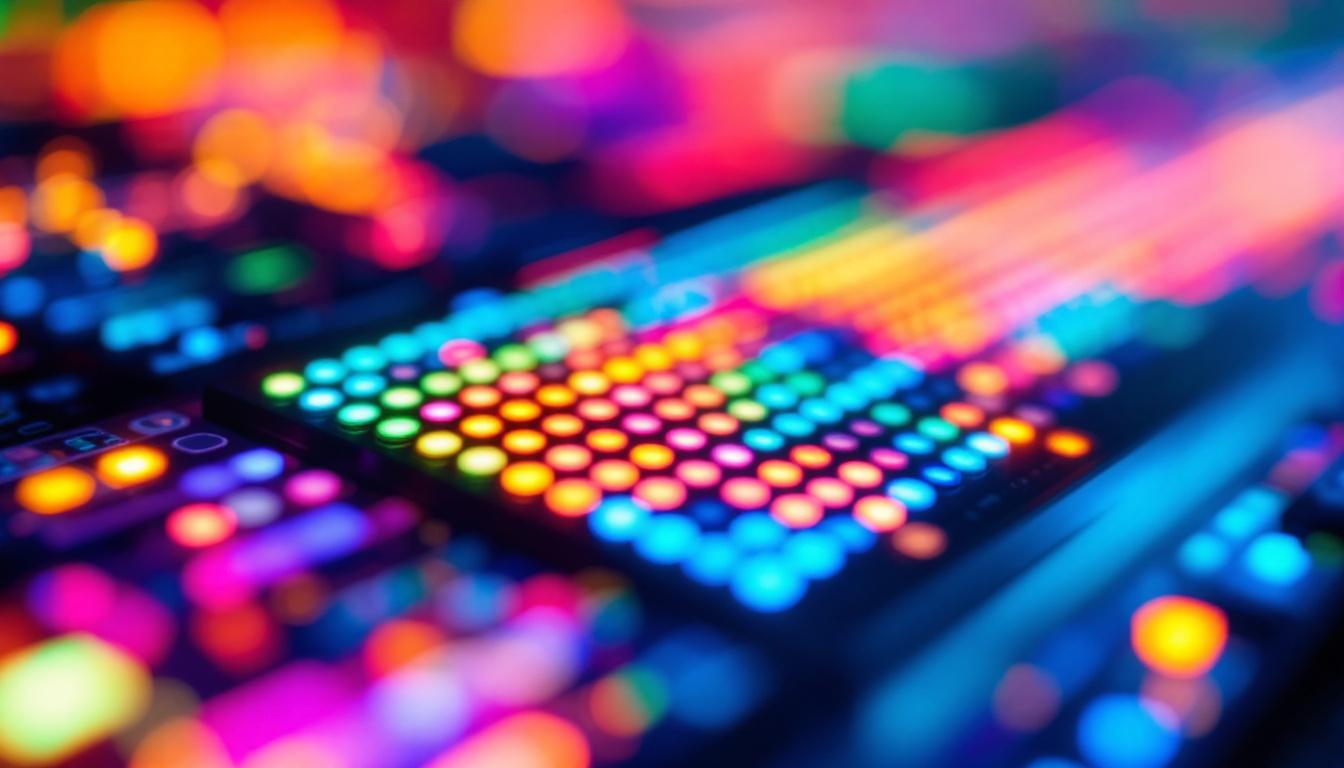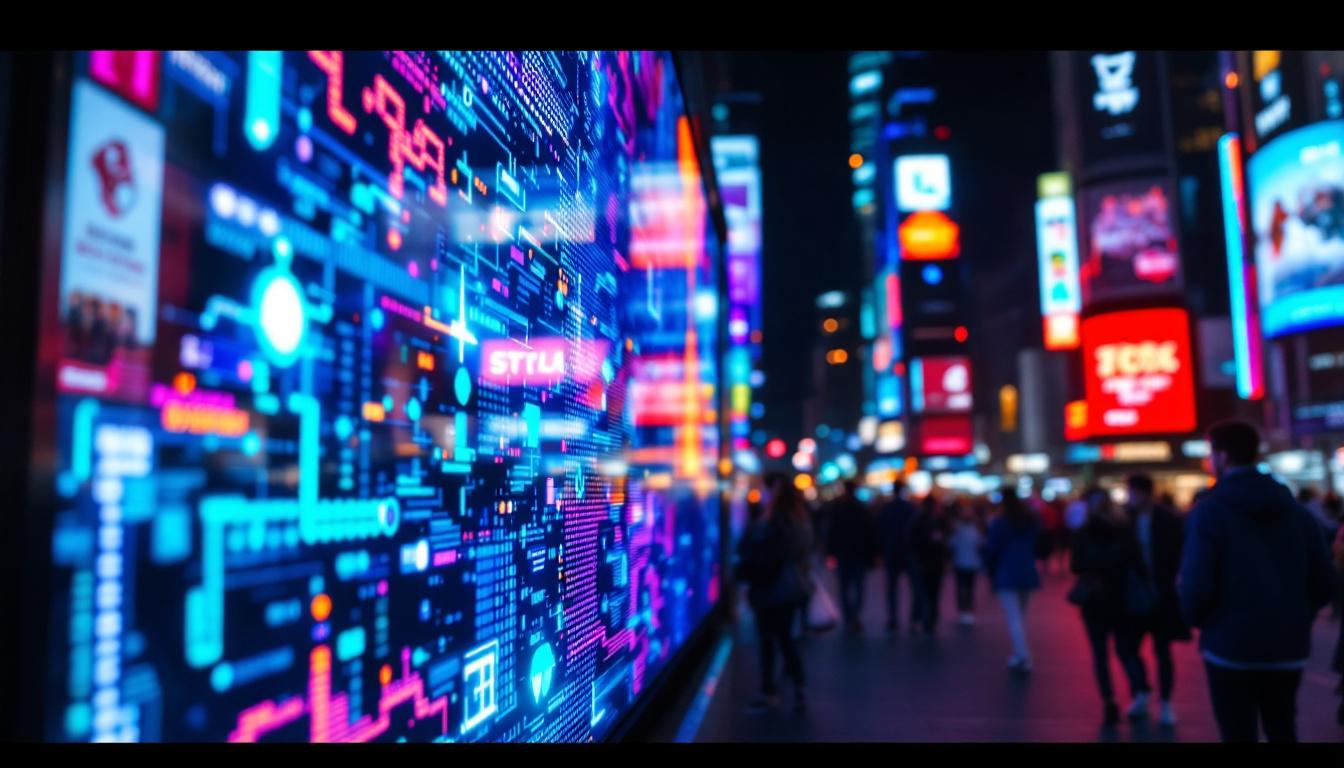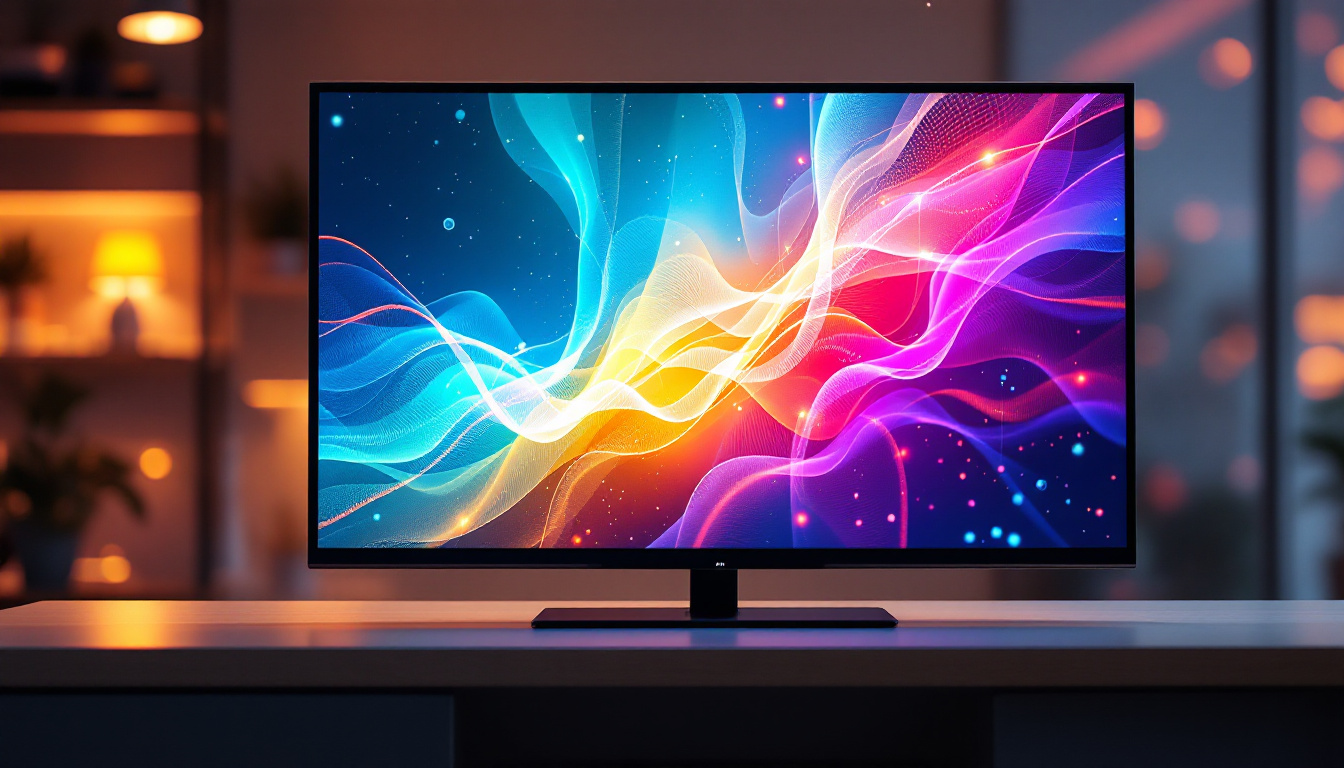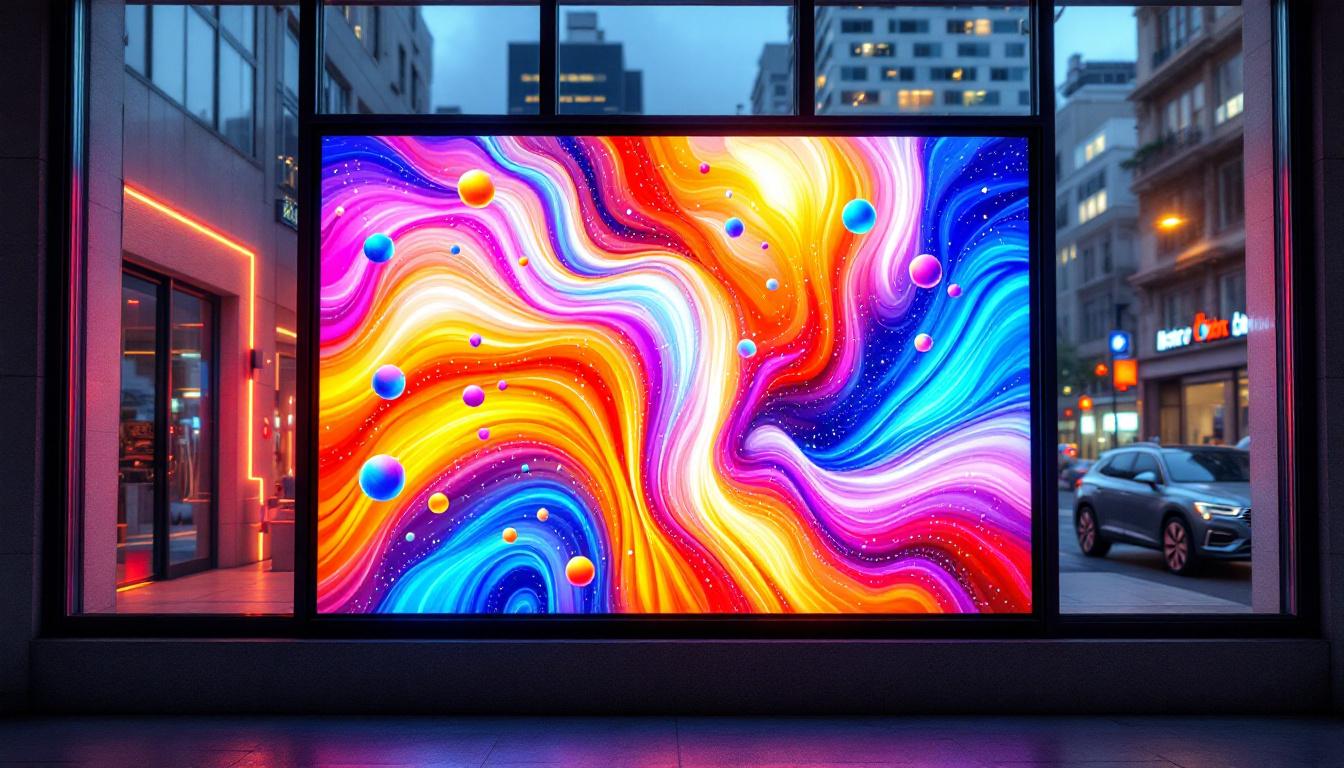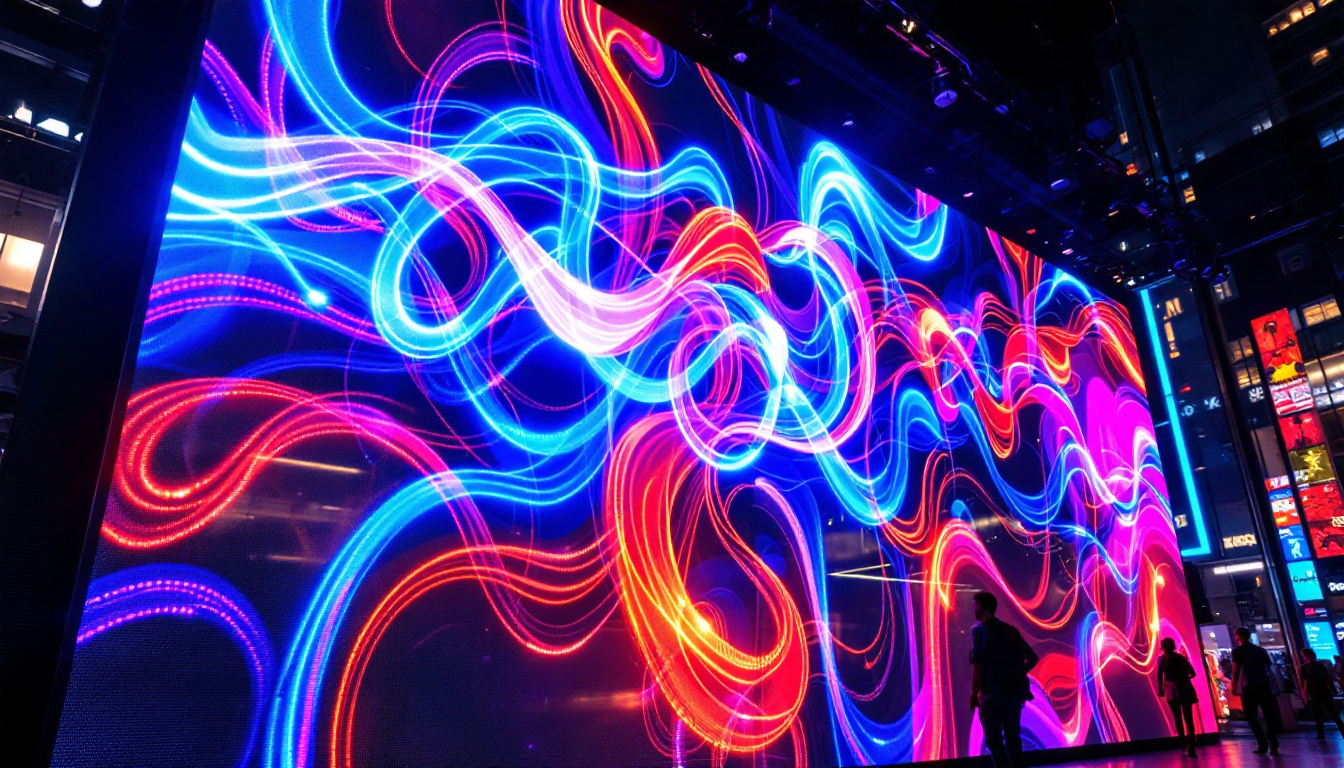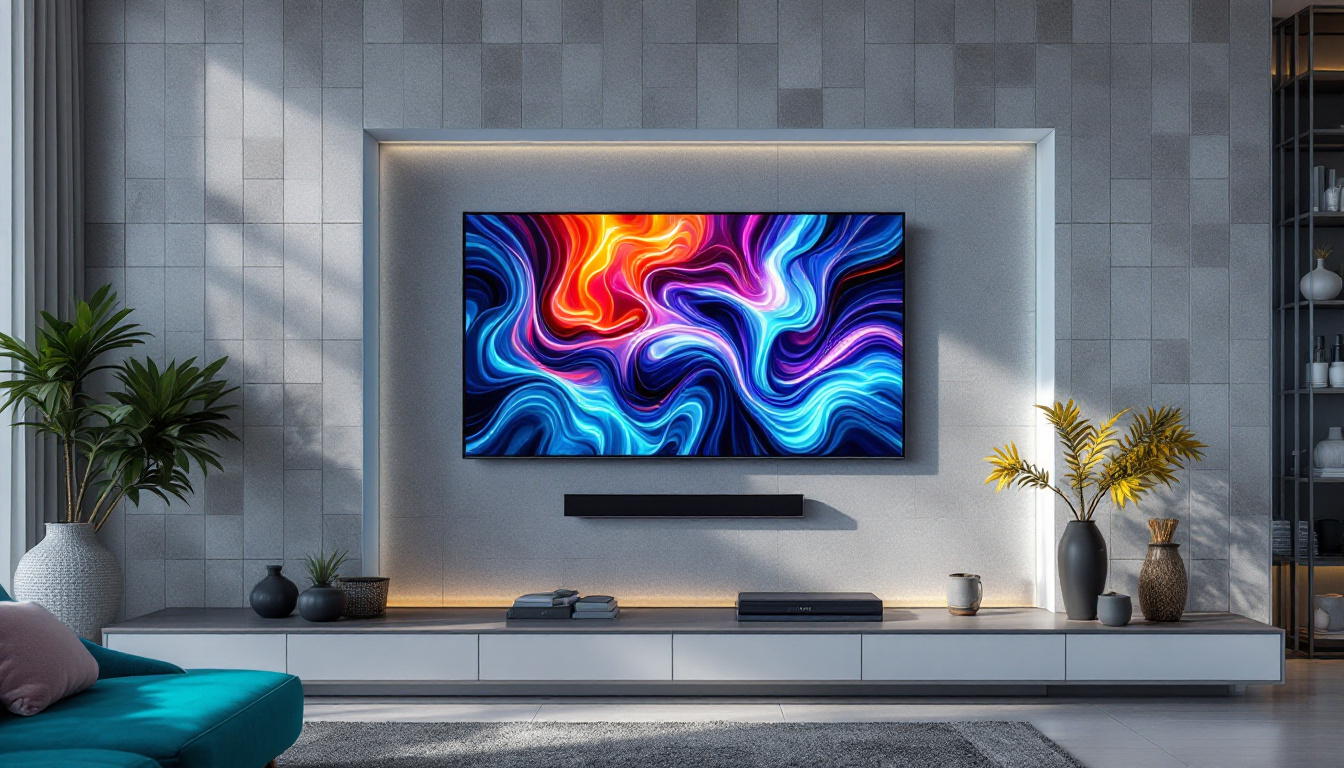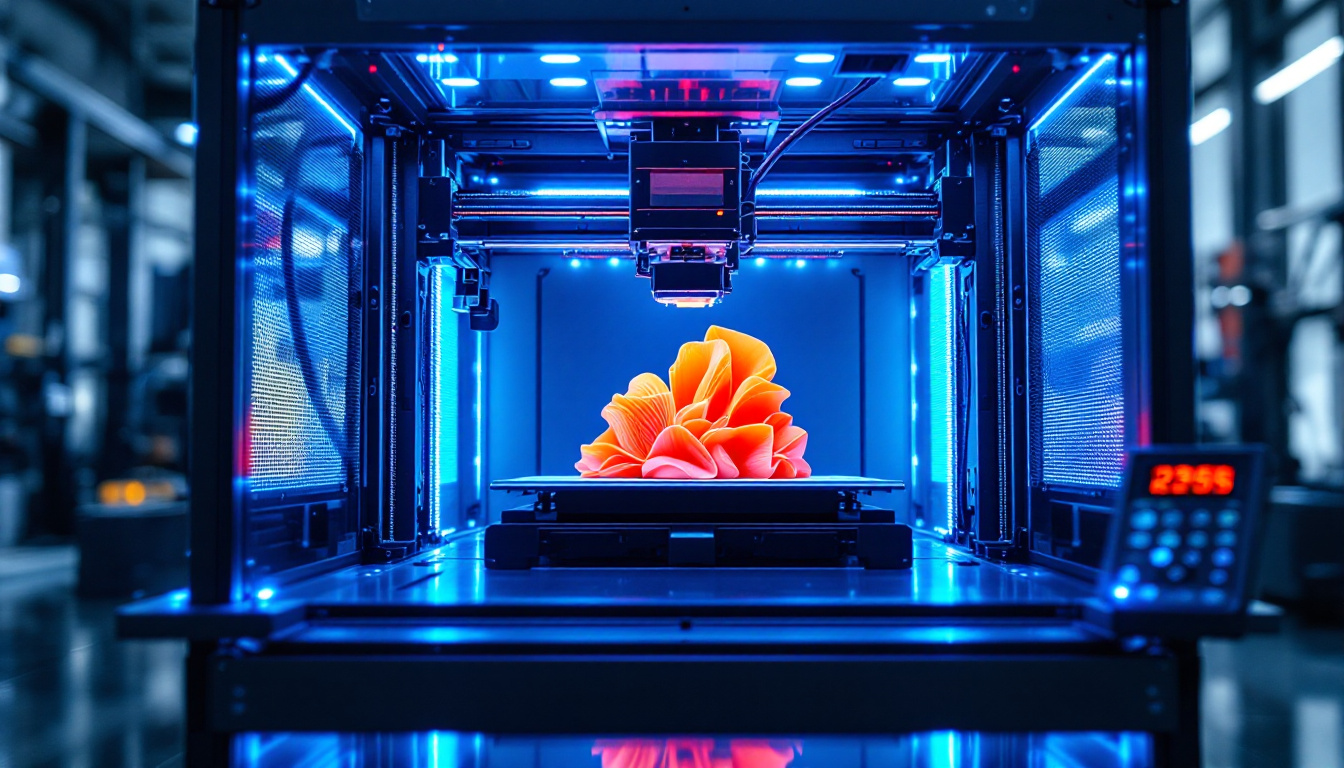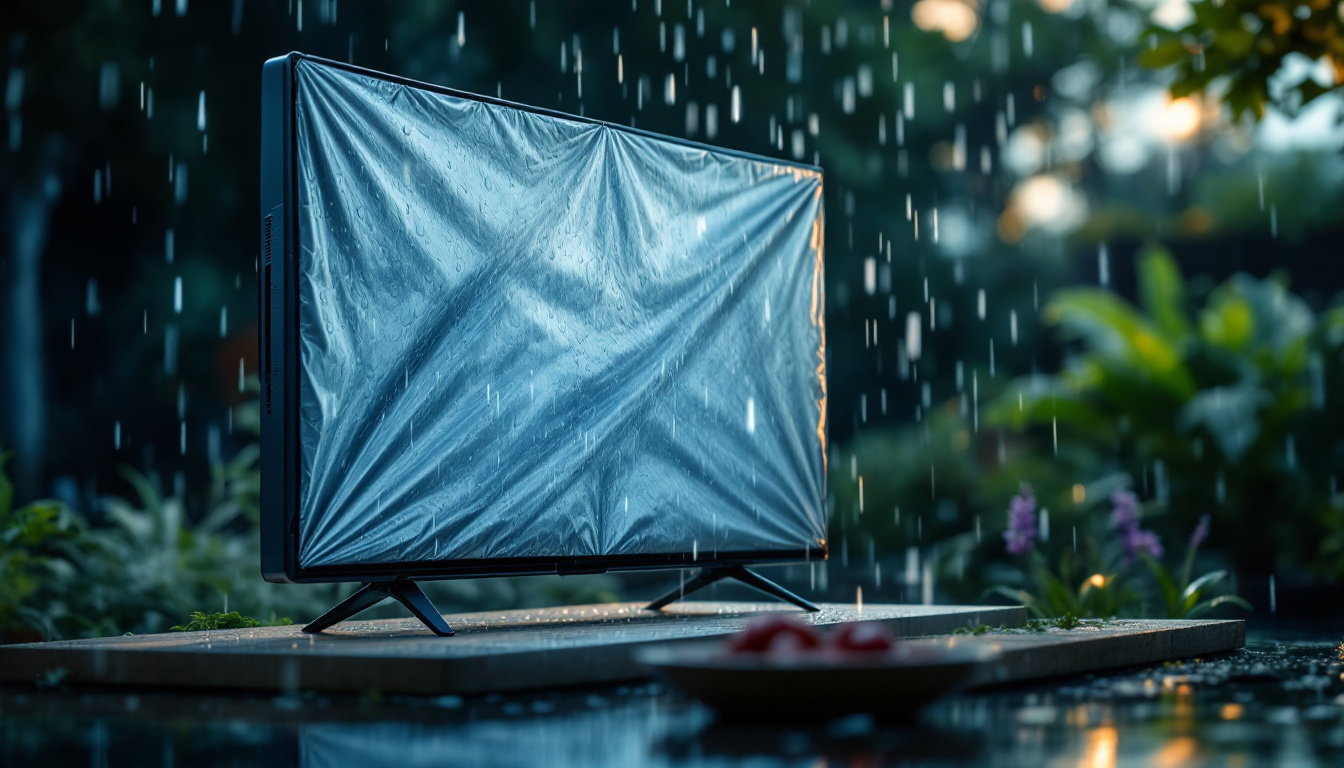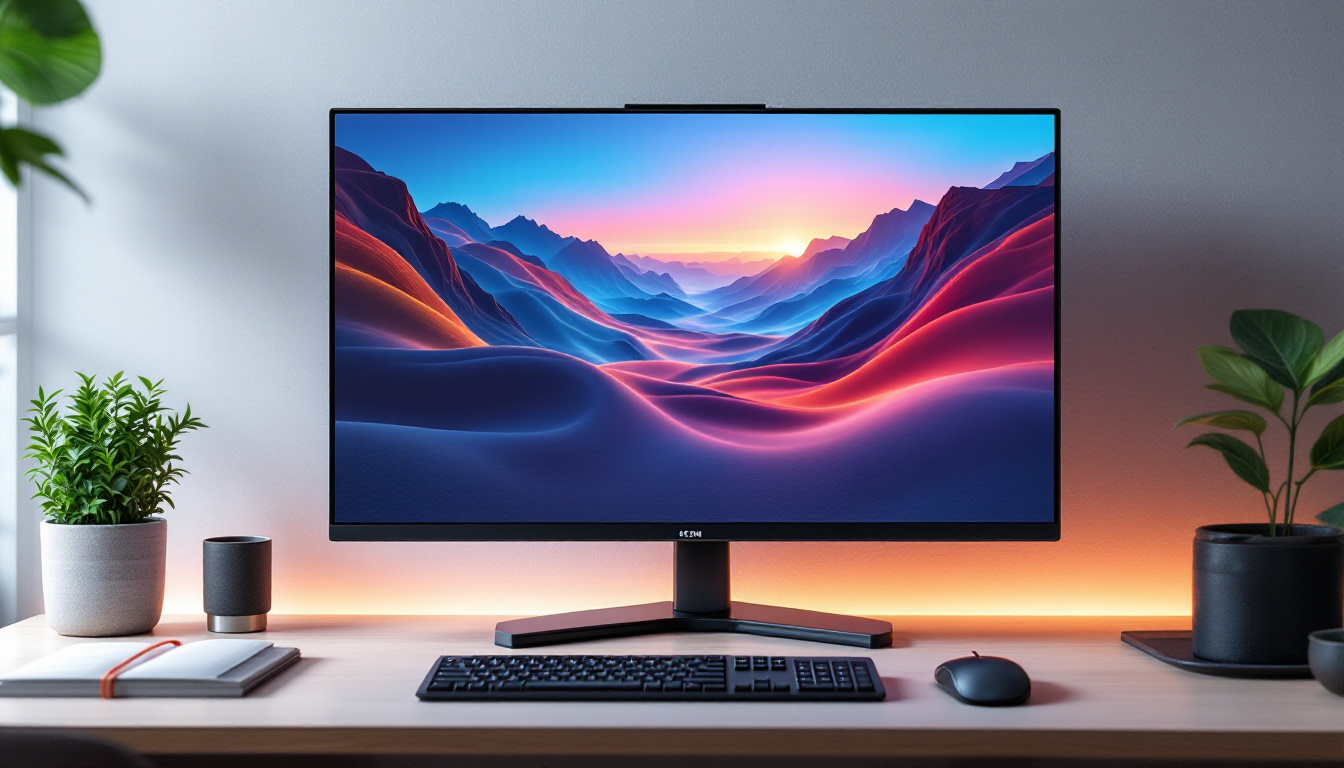In the modern era of entertainment, LED televisions have become a staple in households around the globe. Known for their vibrant colors and energy efficiency, these displays have revolutionized the way people consume media. However, one critical aspect often overlooked is their power consumption. Understanding how LED televisions operate and their energy requirements can help consumers make informed decisions and reduce their environmental footprint.
Understanding LED Technology
LED, or Light Emitting Diode, technology has transformed the television industry. Unlike traditional LCD televisions that use fluorescent backlighting, LED TVs utilize small diodes to produce light. This fundamental difference not only enhances picture quality but also impacts power consumption significantly. The shift to LED technology has allowed manufacturers to create thinner, lighter, and more energy-efficient televisions, which has become a key selling point in the competitive market of home entertainment.
How LED Displays Work
LED displays operate by using an array of tiny diodes that emit light when an electric current passes through them. These diodes can be categorized into two types: edge-lit and backlit. Edge-lit LED TVs have diodes placed along the edges of the screen, while backlit models feature a grid of diodes behind the screen. The latter typically offers better contrast and color accuracy, but both types are designed to deliver superior brightness and clarity compared to their predecessors. Additionally, many modern LED displays incorporate advanced technologies such as local dimming, which allows certain areas of the screen to dim independently, further enhancing the overall viewing experience by improving black levels and dynamic range.
Types of LED TVs
There are several types of LED TVs available in the market today, including Standard LED, OLED (Organic LED), and QLED (Quantum Dot LED). Each of these technologies has its own advantages and disadvantages regarding power consumption, picture quality, and cost. For instance, OLED TVs are known for their deep blacks and superior contrast ratios, but they can consume more power when displaying bright images. On the other hand, QLED TVs provide vibrant colors and high brightness levels while maintaining energy efficiency. Moreover, the introduction of Mini-LED technology has further revolutionized the landscape by utilizing smaller diodes that allow for more precise control over lighting, resulting in improved contrast and color performance. As consumers become more discerning, the competition among these technologies continues to drive innovation, leading to even better viewing experiences and more options for every budget.
Power Consumption of LED Televisions
Power consumption is a crucial factor when evaluating the overall efficiency of LED televisions. It is typically measured in watts (W) and can vary significantly based on the size, type, and settings of the TV. Understanding these variables can aid consumers in selecting the most energy-efficient model for their needs.
Factors Affecting Power Consumption
Several factors influence the power consumption of LED televisions. The screen size is one of the most significant determinants; larger screens generally require more power to operate. Additionally, the brightness settings can affect energy usage. Higher brightness levels often lead to increased power consumption, especially in bright environments where the TV needs to compete with ambient light.
Another factor to consider is the content being displayed. Bright scenes with vivid colors will typically consume more power than darker scenes. Furthermore, features such as motion smoothing and HDR (High Dynamic Range) can also impact power usage, as they require additional processing power and may increase the overall wattage. The type of content being watched also plays a role; for instance, watching a high-action movie with fast-moving scenes may result in higher power consumption compared to a static news broadcast.
Average Power Consumption Rates
The average power consumption of LED televisions can vary widely. A small 32-inch LED TV may consume around 30 to 50 watts, while larger models, such as 65-inch or 75-inch TVs, can consume anywhere from 100 to 400 watts or more. It is essential for consumers to check the specifications provided by manufacturers to understand the power requirements of their chosen model. Additionally, many modern LED TVs come equipped with energy-saving modes that can significantly reduce power consumption during periods of inactivity or when displaying less demanding content.
Moreover, the efficiency of the LED technology itself has improved over the years, leading to lower power consumption rates for newer models compared to older ones. For example, while a 55-inch LED TV from a decade ago might have consumed around 150 watts, a contemporary model of the same size could operate efficiently at around 70 to 90 watts. This advancement not only benefits consumers in terms of lower electricity bills but also contributes to a more sustainable environment by reducing the overall energy demand associated with television usage.
Comparing LED TVs to Other Technologies
When considering the purchase of a new television, it is beneficial to compare LED TVs with other technologies such as LCD, Plasma, and CRT. Each technology has its own characteristics, especially regarding power consumption and energy efficiency. Additionally, factors such as picture quality, lifespan, and overall performance can significantly influence a buyer’s decision, making it essential to understand the nuances of each option.
LED vs. LCD
While both LED and LCD televisions utilize liquid crystal displays, the primary difference lies in the backlighting technology. LED TVs are generally more energy-efficient than traditional LCDs with fluorescent backlighting. This efficiency is due to the ability of LEDs to produce more light with less power, resulting in lower energy bills for consumers. Furthermore, LED TVs often feature advanced technologies such as local dimming, which enhances contrast ratios and improves the overall viewing experience by providing deeper blacks and brighter whites. This capability allows LED TVs to deliver a more vibrant and dynamic picture, making them a popular choice for movie enthusiasts and gamers alike.
LED vs. Plasma
Plasma TVs were once popular for their excellent color reproduction and viewing angles. However, they tend to consume significantly more power than LED TVs. Plasma screens can draw up to twice the power of an equivalent LED screen, especially when displaying bright images. As a result, LED technology has largely supplanted plasma in the consumer market due to its energy efficiency and lower operating costs. Moreover, plasma TVs are known for their susceptibility to burn-in, where static images can leave a permanent mark on the screen. This issue, combined with the higher energy consumption, has led many consumers to favor LED TVs, which not only provide a more versatile viewing experience but also come with longer lifespans and less maintenance. In addition, the advancements in LED technology have allowed for thinner and lighter designs, making them easier to mount and integrate into modern living spaces.
Energy Efficiency Ratings
Energy efficiency ratings are essential for consumers looking to minimize their power consumption. Various organizations provide ratings to help consumers identify energy-efficient products. In the United States, the Energy Star program is a reliable resource for identifying televisions that meet strict energy efficiency guidelines.
Understanding Energy Star Ratings
The Energy Star label indicates that a television meets specific energy efficiency criteria set by the U.S. Environmental Protection Agency. LED TVs that carry this label are designed to consume less energy than standard models, making them a more environmentally friendly choice. Consumers should look for this label when shopping for a new television to ensure they are selecting an energy-efficient model.
Benefits of Energy-Efficient TVs
Choosing an energy-efficient LED television not only helps reduce electricity bills but also contributes to a more sustainable environment. Lower energy consumption translates to reduced greenhouse gas emissions, making energy-efficient TVs a responsible choice for eco-conscious consumers. Additionally, many energy-efficient models come with advanced features that enhance viewing experiences without compromising on power usage.
Tips for Reducing Power Consumption
While LED televisions are generally more energy-efficient than other technologies, there are still several ways to reduce power consumption further. Implementing these tips can help consumers save money and minimize their environmental impact.
Adjusting Brightness Settings
One of the easiest ways to reduce power consumption is by adjusting the brightness settings of the television. Most LED TVs come with various preset modes, such as “Eco” or “Movie,” which optimize brightness levels for different viewing environments. By selecting a lower brightness setting, consumers can significantly decrease energy usage without sacrificing picture quality.
Utilizing Power Saving Features
Many LED televisions come equipped with power-saving features that can help reduce energy consumption. These features may include automatic brightness adjustment based on ambient light, sleep timers, and power-off settings when the TV is not in use. Utilizing these features can help ensure that the television is not consuming unnecessary power when it is not actively being watched.
Future of LED Television Technology
The future of LED television technology appears promising, with ongoing advancements aimed at improving energy efficiency and picture quality. As manufacturers continue to innovate, consumers can expect to see even more energy-efficient models entering the market.
Emerging Technologies
Emerging technologies such as MicroLED and MiniLED are set to redefine the landscape of LED televisions. MicroLED technology utilizes tiny self-emitting diodes, allowing for improved color accuracy, contrast, and energy efficiency. MiniLED, on the other hand, enhances backlighting for better control over brightness and contrast, leading to a more immersive viewing experience while maintaining energy efficiency.
Consumer Awareness and Sustainability
As awareness of environmental issues continues to grow, consumers are becoming more conscious of their choices when it comes to electronics. This trend is pushing manufacturers to prioritize sustainability and energy efficiency in their products. With consumers demanding greener options, the television industry is likely to continue evolving towards more sustainable practices.
Conclusion
LED televisions have transformed the way people experience visual media, offering vibrant colors and energy efficiency. Understanding power consumption and the factors that influence it is crucial for consumers looking to make informed decisions. By considering energy-efficient models, adjusting settings, and utilizing power-saving features, individuals can enjoy their favorite shows and movies while minimizing their environmental impact.
As technology continues to advance, the future of LED televisions looks bright, with emerging innovations promising even greater energy efficiency and enhanced viewing experiences. By staying informed and making conscious choices, consumers can enjoy the benefits of LED technology while contributing to a more sustainable future.
Discover Energy-Efficient LED Solutions with LumenMatrix
Ready to elevate your viewing experience while embracing energy efficiency? LumenMatrix is at the forefront of LED display technology, offering an array of innovative solutions that promise not only to reduce power consumption but also to transform any space with vibrant, eye-catching visuals. From Indoor and Outdoor LED Wall Displays to Custom and All-in-One LED solutions, LumenMatrix is committed to revolutionizing visual communication. Check out LumenMatrix LED Display Solutions today and step into a world where sustainability meets cutting-edge design.

